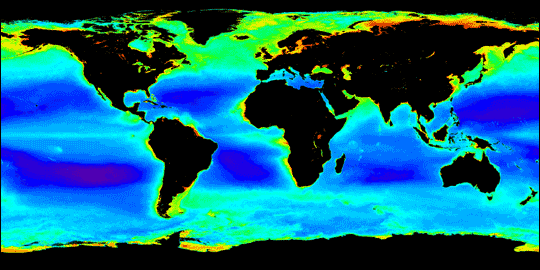Ecolivia: Difference between revisions
Jump to navigation
Jump to search
Siterunner (talk | contribs) No edit summary |
Siterunner (talk | contribs) No edit summary |
||
| Line 31: | Line 31: | ||
[[File:Rachel Ignotofsky design Women in Science.png]] | |||
| Line 46: | Line 50: | ||
[[Category:Ecology Studies]] | [[Category:Ecology Studies]] | ||
[[Category:Ecoregions]] | [[Category:Ecoregions]] | ||
[[Category:Education]] | |||
[[Category:EOS eco Operating System]] | [[Category:EOS eco Operating System]] | ||
[[Category:Global Security]] | [[Category:Global Security]] | ||
[[Category:Green Networking]] | |||
[[Category:Natural Capital]] | [[Category:Natural Capital]] | ||
[[Category:Oceans]] | [[Category:Oceans]] | ||
| Line 55: | Line 61: | ||
[[Category:Sustainability]] | [[Category:Sustainability]] | ||
[[Category:Sustainability Policies]] | [[Category:Sustainability Policies]] | ||
[[Category:Women's Issues]] | |||
[[Category:Women and Gender]] | |||
[[Category:Youth]] | [[Category:Youth]] | ||
Revision as of 23:21, 18 September 2016
Eco-O
- Tiny Blue Green
○ ○ ○ ○ ○ ○ ○ ○ ○ ○ ○ ○ ○
Science is just beginning to study the role of 'the tiny little ones' in the oceans
Removing Carbon, Adding Oxygen: Plankton's Role is Critically Important
http://www.greenpolicy360.net/w/Planet_Citizens,_Planet_Scientists
http://www.nature.com/nature/journal/vaop/ncurrent/full/nature16942.html
The biological carbon pump is the process by which CO2 is transformed to organic carbon via photosynthesis, exported through sinking particles, and finally sequestered in the deep ocean...
○ ○ ○ ○
○ ○ ○
○ ○
○
Categories:
- Biodiversity
- Bioregionalism
- Climate Change
- Earth360
- EarthPOV
- Earth Observations
- Earth Science
- Ecology Studies
- Ecoregions
- Education
- EOS eco Operating System
- Global Security
- Green Networking
- Natural Capital
- Oceans
- Ocean Ecosystem
- Planet Citizen
- Planet Scientist
- Sustainability
- Sustainability Policies
- Women's Issues
- Women and Gender
- Youth

